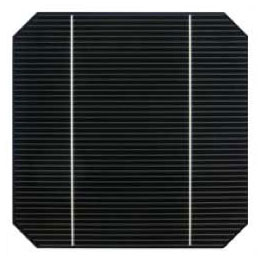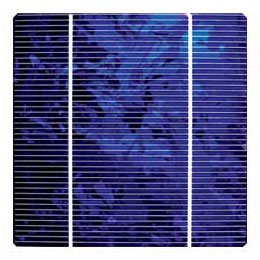Solar energy is boon for human kinds and in the last few years, we have adopted solar panels as a preferred energy source. It is designed to absorb the sun’s rays as a source of energy for generating electricity.
How Do Solar Panels Work?
Our sun is a massive star of a nuclear reactor. It releases small packets of photons all the time. Which travels to the Earth around 8 minutes and 20 seconds. Once the photon is reached to the Earth and hit solar cells, they knock and lose electrons from their atoms.
If conductors are attached to the positive and negative terminal of a cell, it forms an electrical circuit. When electrons flow through such a circuit, they generate electricity and we can use that electricity to power our electrical pieces of equipment.
However, this is a very small amount of electricity to even power a bulb. Using multiple cells in a panel makes a “Solar Panel”, and multiple Solar Panels can be wired together to form a solar array.

The more panel you deploy, the more energy you can expect.
Monocrystalline vs Polycrystalline Solar Panels
There are two kinds of solar panels available in the market.
One is mono-crystalline and another one is poly-crystalline. Both are used widely to produce electricity, yet they differ.
Let’s know more about them side by side.
| Features | Monocrystalline | Polycrystalline |
| Overview | Oldest Technology, Single Crystal. | New Technology, Multiple Crystals. |
| Aesthetics | It is Dark in color. | It is Blue in color. |
| Efficiency | More efficient. Generates 15% more. | Less efficient. Generates 15% less. |
| Area or Space | Requires less space. | Requires more space. |
| Light Constraints | Works well in low light. | Works dull in low light. |
| Cost | More expensive. | Less expensive. |
| Longevity | 25+ Years. | 25+ Years |
Monocrystalline Solar Panels
Monocrystalline solar panels are made of numbers of individual cells. One cell is made up of continuous single crystal only. This is also the oldest known technology for solar power. In appearance, it looks blackish in color and known for excellent efficiency (it can produce energy even in shady weather) and better outcome in smaller areas; you’ll need 15-20% less area compared to Polycrystalline.
However, it costs more than Polycrystalline panels because of single continuous cell cutting and while manufacturing wastages are more. But it is worth to invest in it if you live in weather critical space where sunlight exposure is limited or low at day time.
Polycrystalline Solar Panels
Polycrystalline solar panels are made of multiple crystals. Unlike Monocrystalline it is not made of continuous cells. It’s new tech made to limit the wastages of silicon wafers. Since there are mixed wafers (average as well as high quality), it looks inconsistent bluish-black in color. It requires little more space than Monocrystalline and output is slightly less. Under critical weather situations and low light conditions, the output may be lower. The most energy it will generate when the sun directly hits the solar panel. Overall it is likely to generate most of the electrical energy in peak hours only and the rest of the time it won’t.
As of now, it is the widely used solar panels and due to its lower cost, users prefer this over expensive Monocrystalline. Polycrystalline isn’t inferior in quality. It is a budget-friendly option due to its keen manufacturing process which less likely to cause wastages.
Which one is better?
Technically, both are better, but matters with the available space. If you have limited space on your roof, better go with Monocrystalline solar panels; if space is enough, better buy Polycrystalline to save cost. When we count the output of both kinds of solar panels, the outcome is very much similar but Monocrystalline solar panels slightly high output while using slightly less area. This is all about Monocrystalline and Polycrystalline solar panels. If you have any doubts and feedback, write to us in the comments section.
Leave a Reply